Animal Exclusion – Critter-Proofing – Sealing a Home
As humans, we love to coexist with nature, but sometimes nature doesn’t love to coexist with us. Unfortunately, one of the most common issues we see at Southern Wildlife Management is the invasion of squirrels and rats into people’s attics.
Squirrels and rats are known for their tenacity when it comes to finding a warm and comfortable place to live, especially during the colder months. Their strong teeth and claws make it easy for them to gnaw through even the smallest of holes to gain entry into your home.
Once inside, these pests can cause significant damage to your property, including chewing through wires, insulation, and woodwork. They also pose health risks to you and your family by leaving behind droppings and urine, which can lead to respiratory problems, allergies, and even disease.
That’s why critter-proofing and/or sealing your home is so important. One of the behaviors that make wildlife exclusion necessary is because all rodents communicate via urine marking. These scents will attract more pests to your home, leading to even greater problems down the line.
Fun Fact: Read our FAQ’s below to understand more about why this happens.
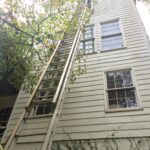
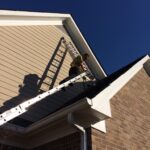
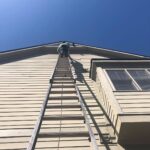
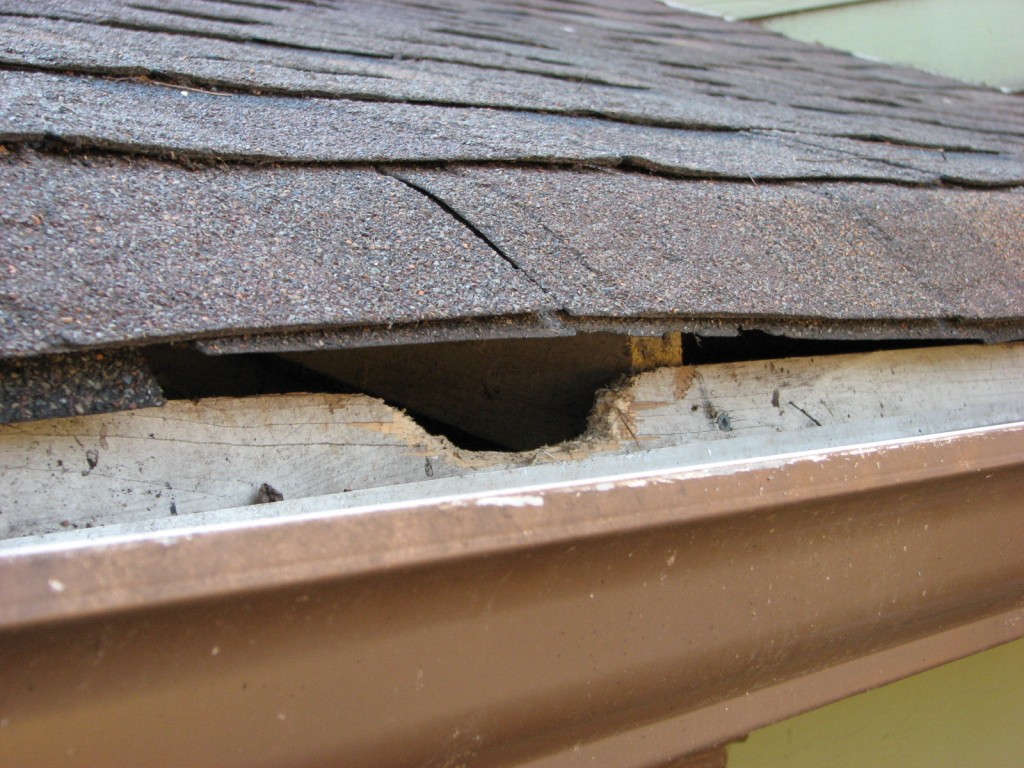

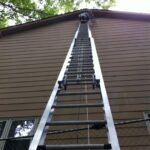
At Southern Wildlife Management, we understand the importance of protecting your home from these invasive pests. We specialize in humane and effective wildlife exclusion services, which involves sealing off any entry points to your home to prevent further intrusions.
Our trained professionals will inspect your property for any potential entry points and use the latest exclusion techniques to seal them up for good. We take pride in our work and ensure that our exclusion services are tailored to meet your specific needs.
Don’t let squirrels and rats take over your home. Contact Southern Wildlife Management today to schedule your wildlife exclusion service and protect your property from unwanted visitors. Let us help you squirrel-proof and seal your home to keep you and your family safe from the dangers and damages of these pesky critters
Some of the most common entry areas for wildlife including rats & squirrels into your attic space or home is:
◊ Gable Vents ◊ Soffit Junctions ◊ Dryer/Bathroom Vents ◊ Construction Gap (Gutter Line) ◊ Holes
QUALITY OF MATERIALS: We only use the highest quality animal-proof materials and devices, therefore, we are proudly able to guarantee that no animal will get past the areas where we have performed the exclusion services. Since the construction gap is the most widely used entry point, we opt to use solid metal instead of hardware cloth. We find that when hardware cloth is used specifically on this area that eventually there can be a breach since it is along the gutter line. Instead of using industrial staples, we opt to only use screws in all of our metal. Our fasteners are some of the most expensive on the market due to their function and quality.
AESTHETICS: Although our primary concern is to KEEP the critters OUT, we also take into consideration the overall aesthetics of our work. We will go to the extent of painting the materials including fastener heads to blend or look better in situations where they are visible. Rather than purchasing pre-cut metal and forcing it to fit to your situation, we custom bend each piece of metal-specific to your exact needs. This provides a nice straight bend which looks like it belongs there without bringing attention to your previous problem. We also use only galvanized metal so it holds up to the elements and does not rust out or cause staining on exterior from rust.
WARRANTY: We offer the longest warranty that we know of in our industry. We offer a FREE 2-Year warranty with a LIFETIME Annual Renewable Option.
With all of this said, there is no way to give a price for exclusion work over the phone. We give FREE proposals for exclusion work when we are setting up the traps. IF the proposal is acceptable we will perform the exclusion work while the trapping is being performed which increases the overall success of the entire process.
FAQ‘S FOR WILDLIFE EXCLUSION
Q: What is wildlife exclusion?
A: Wildlife exclusion is the process of preventing animals from entering your home or property by sealing up any potential entry points.
Q: Why is wildlife exclusion important?
A: Wildlife exclusion is important because it helps prevent animals from causing damage to your home or property, spreading disease, and creating unsanitary living conditions.
Q: What animals can be excluded through wildlife exclusion?
A: Wildlife exclusion can be used to prevent a wide range of animals from entering your home or property, including rodents, bats, birds, raccoons, squirrels, and more.
Q: What are some common entry points for wildlife?
A: Common entry points for wildlife include the construction gaps, siding trim gaps, utility chases, vents, soffit returns, chimneys, and cracks or holes in the foundation.
Q: What materials are used for wildlife exclusion?
A: A variety of materials can be used for wildlife exclusion, including metal flashing, wire mesh, sealants, foam, and hardware cloth.
Q: Is wildlife exclusion a DIY project?
A: We have never seen a home where a handyman, roofer or the homeowner did the exclusion work and it resulted in successfully keeping the wildlife out. It helps to have an intimate understanding of the critters that you are trying to keep out. We usually end up doing the work in the end.
Q: What are the benefits of working with a professional wildlife control company for wildlife exclusion?
A: Working with a professional wildlife control company can provide several benefits, including expertise in identifying potential entry points, use of safe and effective exclusion methods, and ongoing monitoring and maintenance to ensure that your property remains wildlife-free.
Q: How long does wildlife exclusion take?
A: The length of time needed for wildlife exclusion can vary depending on the size and complexity of the property, the number of potential entry points, and the type of wildlife being excluded. Usually from 1 – 4 days.
Q: How much does wildlife exclusion cost?
A: The cost of wildlife exclusion can vary depending on the size and complexity of the property, the number of potential entry points, and the type of wildlife being excluded.
Q: Why do wildlife companies keep telling me that once you have rodents you will have them again and again?
A: If you’re experiencing a recurring rat infestation in your attic, it’s possible that there are underlying factors that are attracting them to your home. Rats are attracted to environments that provide easy access to food, water, and shelter, so it’s important to identify and address these factors to prevent future infestations.
Here are some possible reasons why rats may keep coming back to your attic:
- Food sources: Rats are attracted to food sources, especially those that are easy to access. If there are any food sources in or around your home, such as unsecured trash cans or pet food left out overnight, rats will be more likely to stick around.
- Water sources: Like all animals, rats need access to water to survive. If there are any sources of standing water or leaks in your home, rats may be drawn to them.
- Entry points: If there are any openings or gaps in your attic or roof, rats may be able to gain access to your home. It’s important to seal up any entry points to prevent rats from getting in.
- Nesting materials: Rats will often use materials like insulation or cardboard to build their nests. If these materials are present in your attic, it may be attracting rats to your home.
- Urine Marking: Another possible reason why rats may keep coming back to your attic is urine marking. Rats use urine to communicate with other rats and to mark their territory. Even after rats have been removed from your attic, the scent of their urine can remain and continue to attract other rats to the same location.
To prevent future rat infestations, it’s important to address these underlying factors. This may involve securing your trash cans, repairing any leaks or water sources, sealing up entry points, and removing any nesting materials from your attic.
It’s also important to work with a professional pest control company, like Southern Wildlife Management, to develop a comprehensive rat control plan. Our experts can help identify the underlying factors that are attracting rats to your home and provide effective solutions to keep them out for good.
Q: I hear so many people talking about urine marking. What is rat urine marking?
A: Rats are social animals that use various forms of communication to interact with each other. One of the ways they communicate is through urine marking, which involves leaving small amounts of urine in specific locations as a way of marking their territory and communicating with other rats.
Through urine marking, rats can communicate a variety of information to other rats, such as their sex, age, and social status. The chemical signals in their urine also provide information about their health, breeding status, and even their emotional state.
Rats use different types of urine marking to communicate different messages. For example, male rats often use larger amounts of urine to mark their territory and assert their dominance over other males. Female rats, on the other hand, use smaller amounts of urine to mark their territory and communicate their breeding status.
Rats can also use urine marking to communicate danger or to signal that a food source is nearby. When rats detect a predator, they will often urinate as a warning to other rats to be on high alert. Similarly, rats will mark areas where they have found food, letting other rats know that there is a food source nearby.
Overall, urine marking is an essential part of rat communication, allowing them to establish and maintain their social hierarchy, mark their territory, and communicate important information to other rats in their group.
Q: Do squirrels do urine marking too?
A: Yes, squirrels also use urine marking to communicate with other squirrels. Similar to rats, squirrels use urine to mark their territory and communicate their presence to other squirrels.
Squirrels have two types of urine marking: scent marking and spray marking. Scent marking involves squirrels depositing small amounts of urine on surfaces such as tree trunks, branches, or other objects to mark their territory. The scent from the urine acts as a signal to other squirrels that this area is already occupied.
Spray marking, on the other hand, involves squirrels spraying a larger amount of urine into the air, creating a fine mist that can drift over a larger area. This type of urine marking is often used to signal to other squirrels that there is a potential mate or a food source nearby.
In addition to urine marking, squirrels also use other forms of communication, such as vocalizations and body language. For example, squirrels will use vocalizations like chirps and barks to communicate with each other and alert others to danger. They also use their tails and body postures to communicate, such as flicking their tails to signal aggression or raising their tails to signal excitement.
Overall, urine marking is an important part of squirrel communication, allowing them to establish and maintain their territory and communicate important information to other squirrels in their group.
